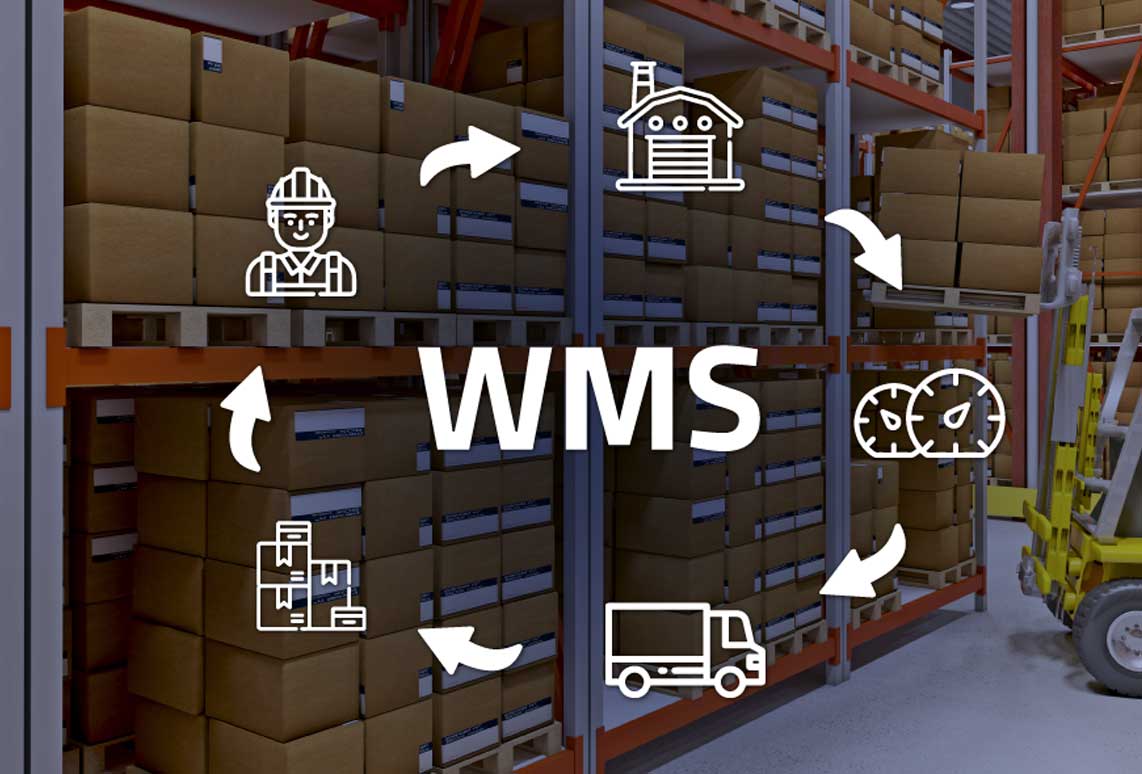
The slow delivery time leads to that the tracking order number can not put online in time. Mistakes appear in the sorting process of goods. The packaging fails to effectively protect the products. The inventory management error causes the shortage of goods, thus failing to delivre the goods normally. There are always worrying moments for cross-border e-commerce sellers or companies worry during international trade transactions when they are asked by customers about delivery issues. In the face of these series of problems, many cross-border sellers have improved this situation very well after passing through the cross-border e-commerce cloud warehouse.
Many cross-border e-commerce sellers who have never used cross-border e-commerce cloud warehouse do not know how to start. Here is the case provided by TakeSendShip to see how to start and where to start.
Cross-border e-commerce seller A is one of the sellers of an international cross-border e-commerce platform. It has been using the self-delivery mode to deliver orders before using TakeSendShip. After understanding TakeSendShip and contacting the one-to-one customer service staff, I began to use TakeSendShip for some delivery. After getting familiar with the process, it personally tested the processing time of TakeSendShip, which was much higher than that of self-delivery. Now all orders have been transferred to TakeSendShip for processing. Because of the efficient processing time, the background order processing time of the platform stores has been adjusted from the previous 3 days to 1 day, which further contributed to the growth of orders.
First, seller A examined whether his platform store or third-party ERP software could be connected with TakeSendShip's WMS system. This step is very critical, directly deciding whether he can control the global cloud warehouse storage and manage it with a key cloud. In this way, there are fewer intermediate links directly. You can click the delivery button of the order with one button. The corresponding cloud warehouse WMS will receive the order instruction in real time, and automatically start sorting, packaging, sending, uploading the order tracking number and other columns of the orders.

Secondly, in the first use of cross-border cloud warehouse storage, the seller tried to select some relatively time-consuming orders to deliver to the cloud warehouse test orders. After having a certain understanding and familiarity with the corresponding WMS warehouse management system process, some of the more complex sorting orders of the goods could be handed over to the cloud warehouse for testing. The purpose of this is to let the sellers fully understand that the processing time and accuracy of cross-border e-commerce cloud warehouse may be much higher than the index of delivery. It is also more conducive to solving the initial users’ possible concerns.

Finally, the seller could consider from the cost, delivery speed, error rate, operation specification, inventory management update comprehensively, and finally combine own situation to decide when to use cross-border e-commerce cloud warehouse for storage. The earlier one uses it, the earlier one can save warehouse and labor costs, and leave more time on the growth of sales.
TakeSendShip specializes in focusing on providing full-chain cloud warehouse warehousing services for cross-border e-commerce sellers.www.takesendship.com
SERVICE
Copyright © 2025 TakeSendShip. All rights reserved